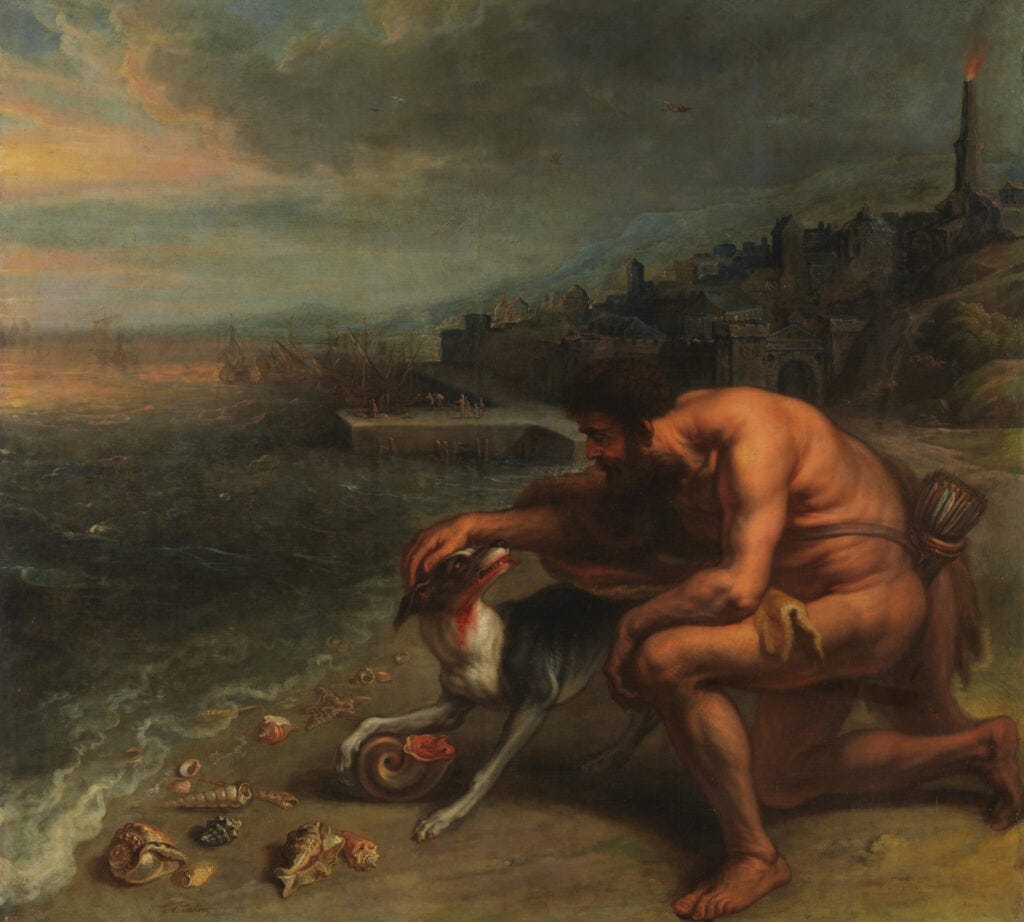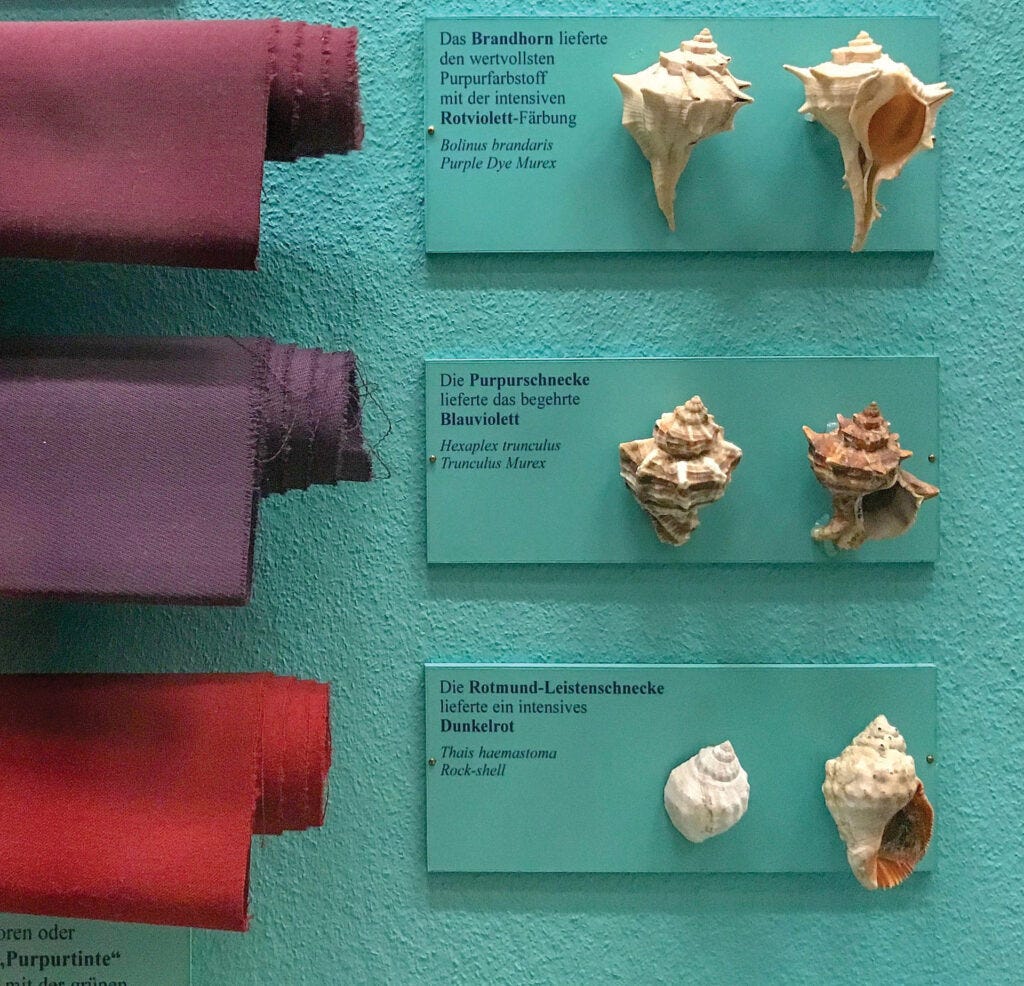You can now comment on our articles. We’re hosting a Stripe Press pop-up coffee shop and bookstore on Saturday, June 28, in Washington, DC. RSVP here if you can make it.
In many ways, this horse is normal: it stands roughly 14 hands high, has dark eyes hooded by thick lashes, and makes a contented neighing sound when its coat is stroked. But its blood pulses with venom.
For weeks, this horse has been injected with the diluted venom of snakes, generating an immune response that will be exploited to produce lifesaving antivenom. A veterinarian inserts a tube into the horse’s jugular vein to extract its blood – about 1.5 percent of its body weight – every four weeks. Each bag of horse blood is worth around $500.
Horses are just one of the many animals we use as chemical factories: there is a veritable Noah’s ark of biopharming. Every year, over 700,000 horseshoe crabs are caught and bled. Their blood is used to test for contamination in the manufacture of medical equipment and drugs. The global vaccine industry uses an estimated 600 million chicken eggs a year to produce influenza vaccines. And we boil between 420 billion and 1 trillion silkworms every year to produce silk.
Some of these practices go back millennia. On a small coastal spit along the Mediterranean Sea, ancient Phoenicians harvested snails from which they derived a rich-hued pigment known as Tyrian purple. In a multistep process involving sun-drying and fermenting the gland that produces the color, 12,000 of these mollusks went into every single gram of dye. The complexity of its production, and therefore rarity of the product, made the dye expensive, costing approximately three troy pounds of gold per pound of dye. Tyrian purple was reserved for highly selective items such as the toga picta worn by the Roman elite.1
Synthetic dyes have long since overtaken the animal-derived production of Tyrian purple. The same goes for most medicines, including insulin, which today is manufactured biosynthetically inside E. coli bacteria. But before 1978, insulin was made by harvesting and grinding up the pancreases of dead pigs from slaughterhouses. Some 24,000 pigs were needed to make just one pound of insulin, which could treat only 750 diabetics annually.

Biotechnology not only reduces the inefficiencies of collecting molecules from animals but also the harms associated with working with them in the first place. Although little is known about the welfare of the horses used in antivenom production, one study found that horses used in the manufacture of brown spider antivenom suffered from blood clots and painful lumps under their skin. Diseases also affect silkworms, killing between 10 and 47 percent of larvae, depending on the country in which they are reared.
Advancements in recombinant DNA, cloning, and biomanufacturing have reduced our reliance on animals to serve as chemical factories while leading to more precise and efficient antibodies and antivenoms. We have now reached the point where just about any molecule that has historically been made from animals can be made synthetically from engineered cells. However, just because it is technically feasible to move completely away from biopharming does not mean that it will be easy. And while there has been progress in eschewing animal-derived products in some areas, such as with insulin, others, like synthetic antivenom or vaccine production, have been less straightforward. Solutions to these require not only mimicking what animal biology does naturally but doing so at scale.

This article first appeared in Issue 17 of Works in Progress. You can read the rest of the piece here.
Xander Balwit is editor-in-chief and Niko McCarty is founding editor of Asimov Press, a magazine that focuses on scientific progress in biology and biotech.
Dye derived from this method is even more limited today, as these snails live 15 meters underwater and require meticulous processing known by only a small handful of artisans; one gram of Tyrian purple sells for $3,000.







Very much reminded me of Breakfast of Champions, although a lot more productive